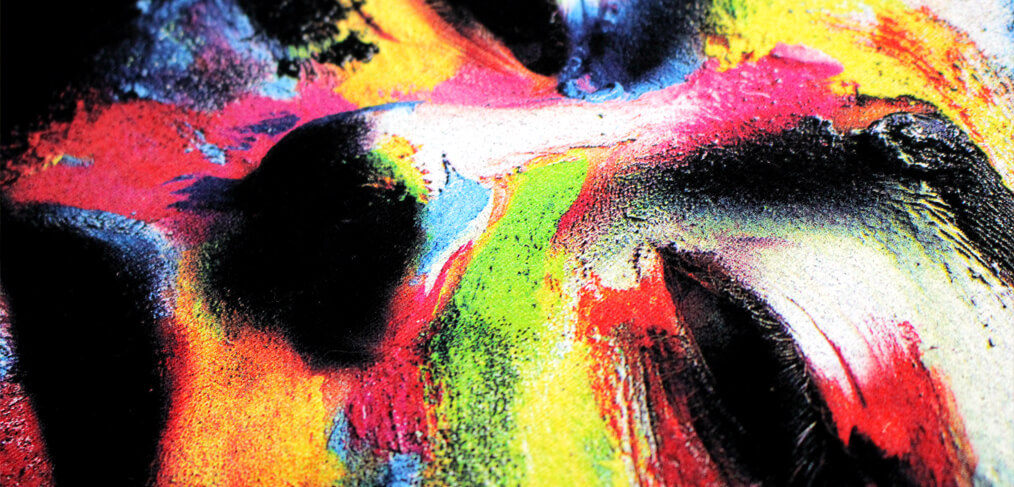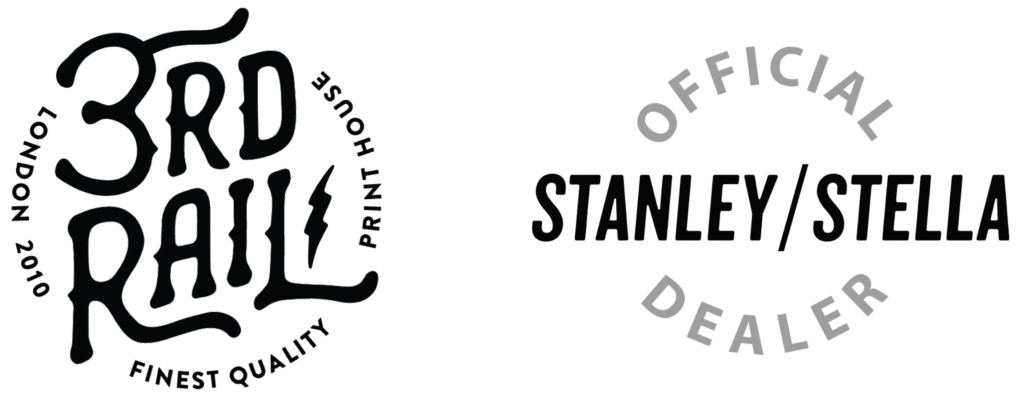How is DTG (Direct to Garment) done?
As the name implies, Direct to Garment uses ink to print directly on the fabrics. The ink soaks into the fibres of the fabric, meaning it has a relatively soft handle to the touch. The modified DTG ink also prevents the printed area from cracking or peeling. DTG printers support the most detailed and versatile design, with a wide range of colour options. Because a DTG printer works like a regular printer and requires no set up time, it is a great option for a one-off print or a short run, and it can support detailed and broad design.
What you should know about DTG:
DTG printed textiles need extra care when it comes to washing. To preserve the print, it is recommended the garment is washed inside out on a cold wash and air dried. If ironing is required, the garment needs to be ironed inside out on the lowest heat.
The main downside of DTG printing is its limitation to cotton garments as it produces its best results on 100% cotton materials. However, the range of products isn’t limited to t-shirts only. Direct to garment can be used on items like tote bags and hooded tops in addition to t-shirts.
Pros and Cons of DTG printing:
Pros:
- unlimited colour options
- fine details in design
- it costs less for small runs with large numbers of colours
- no set up cost
Cons:
- not cost-effective for larger runs
- limited to 100% cotton material
- requires extra wash care
- not as hard wearing as screen printing.
While not cost-effective for extremely large batches, DTG has its place in the world of garment customisation and is perfect for short productions runs or one offs for highly colourful designs. Though it’s limited to cotton fabrics, it makes up for this with incredible capacity for detail and extensive colour options.
If you would like to find out more about DTG printing and the services we offer, feel free to send us an email at support@3rdrailclothing.co.uk.





